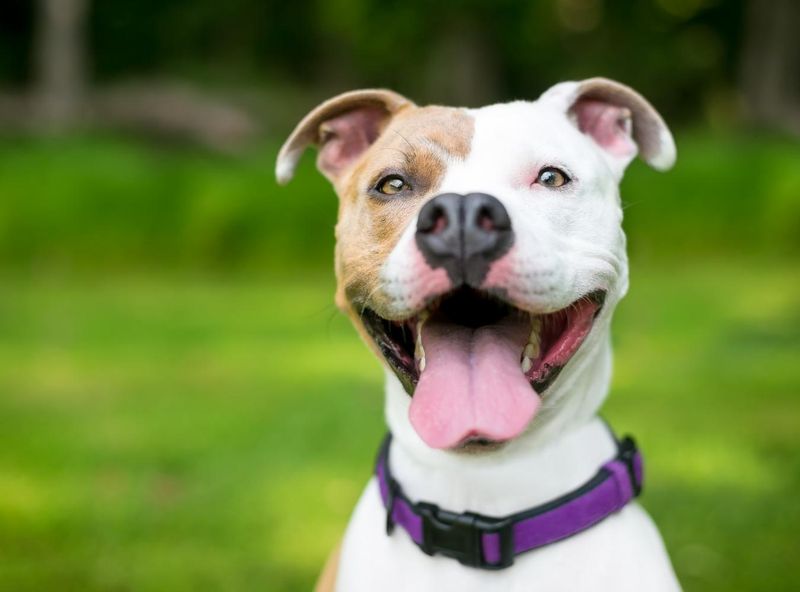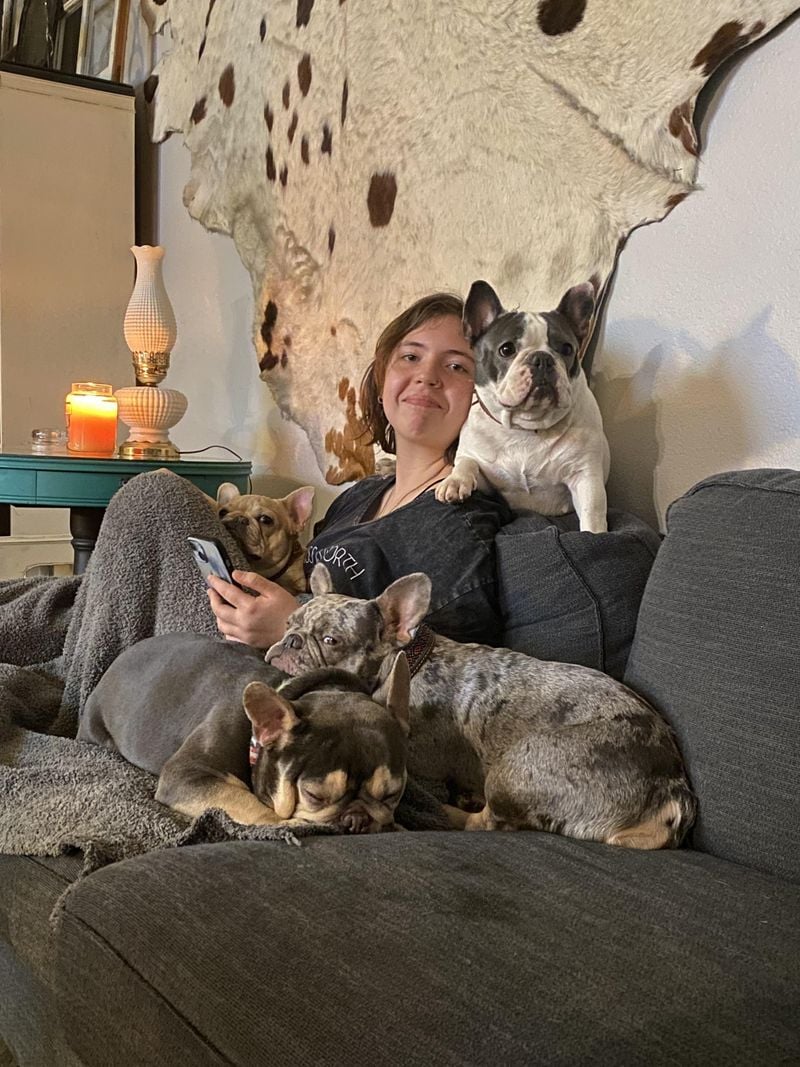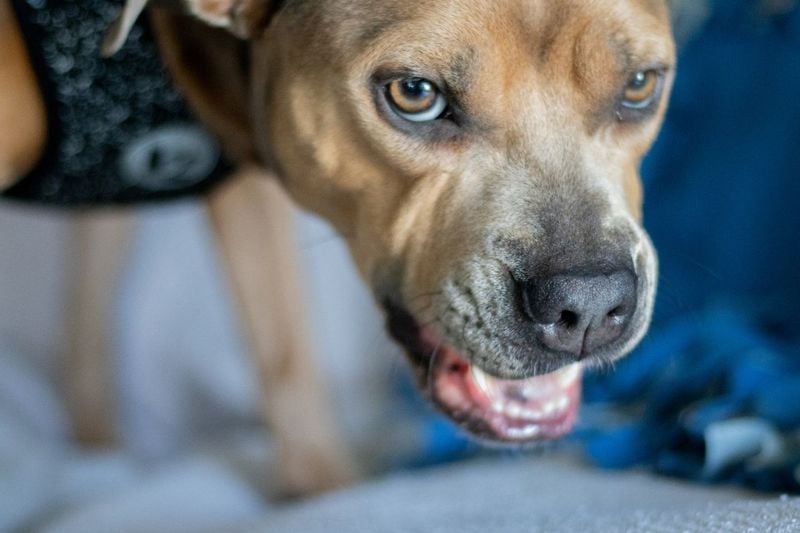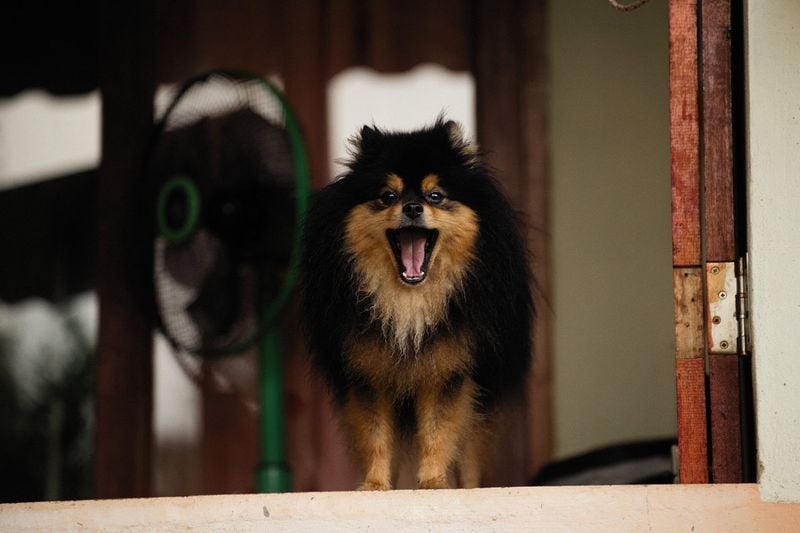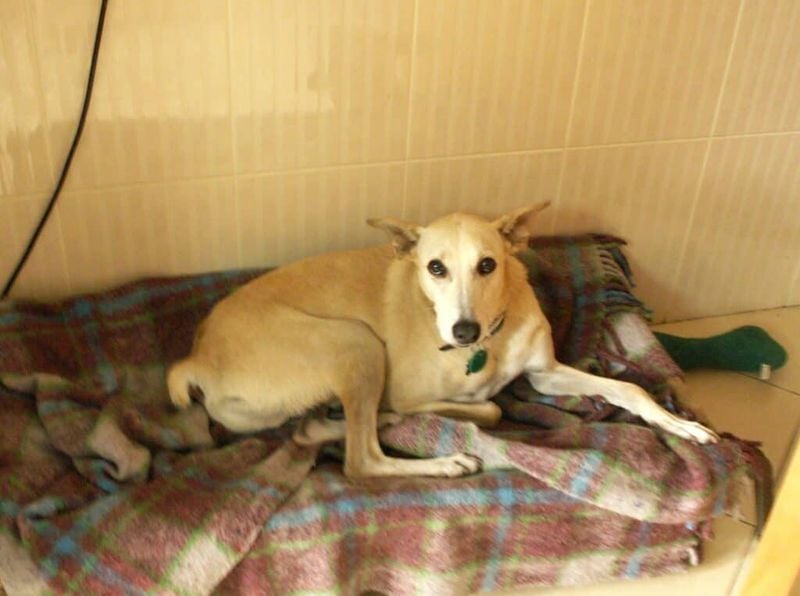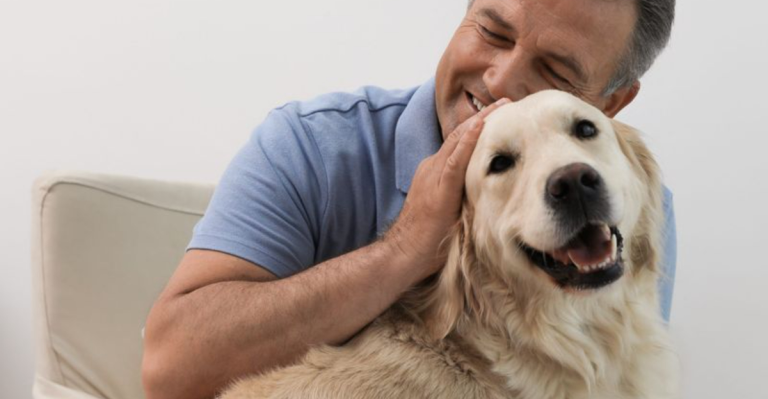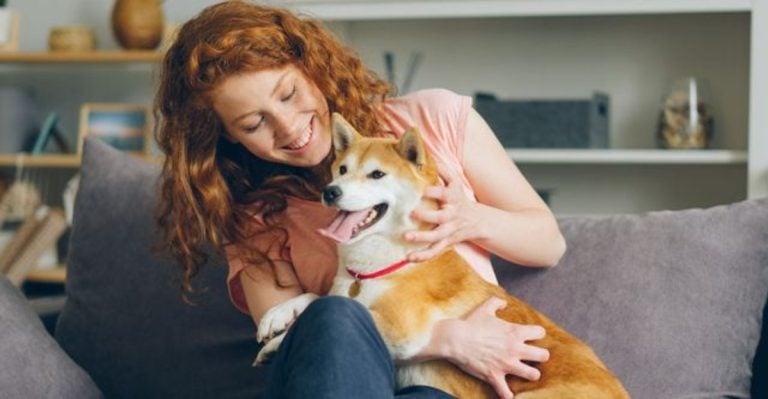13 Dog Behaviors That Vanish Once They Finally Feel Safe
When dogs come from difficult backgrounds or experience trauma, they often develop defensive behaviors to protect themselves. These protective mechanisms can manifest in various ways, from constant pacing to refusing affection.
The good news is that with patience, love, and consistent care, many of these behaviors gradually fade away as your furry friend begins to feel secure in their new home.
1. Constant Pacing and Restlessness
Dogs who don’t feel safe often move around constantly, unable to settle down or relax. They patrol the perimeter of rooms, check windows repeatedly, or simply can’t find a comfortable spot to rest.
This nervous energy burns through their system as their fight-or-flight response remains perpetually activated. They’re essentially on high alert, preparing to escape potential danger.
Once they begin to feel secure, this behavior melts away. You’ll notice your dog finding favorite napping spots, stretching out completely during sleep, and generally appearing more relaxed in their environment.
2. Jumping at Every Sound
Unexpected noises send insecure dogs into panic mode. The slam of a door, a car backfiring, or even the beep of an appliance can trigger extreme reactions including barking fits or hiding under furniture.
For these dogs, each sound represents a potential threat in an unpredictable world. Their heightened state of alertness makes normal household sounds seem dangerous and overwhelming.
As safety becomes their new normal, you’ll witness a beautiful transformation. Formerly frightened pups will barely lift their heads at sounds that once sent them scrambling for cover.
3. Excessive Panting and Drooling
Stress manifests physically in dogs through heavy panting and drooling, even when they haven’t exercised or when it’s not hot. Their mouths hang open, tongues lolling, while saliva might drip continuously or form foamy bubbles around their lips.
These physical responses stem directly from their nervous system being stuck in overdrive. The body prepares for emergency action that never comes, leaving them in a constant state of physiological stress.
With time and safety, breathing normalizes and drooling decreases dramatically. Their bodies finally get the message that they can stand down from high alert.
4. Shadow-Like Clinginess
Insecure dogs often follow their humans everywhere—even to the bathroom! This behavior stems from intense fear of abandonment or being left alone again.
Many rescued pups experience severe panic when separated from their new family members. They might howl, destroy items, or show signs of distress within moments of being left alone.
Gradually, as trust builds, these dogs develop confidence in your return. The desperate need to maintain physical contact fades, replaced by a healthy bond where they can enjoy their own space while still appreciating your company.
5. Defensive Growling and Snapping
Resource guarding and defensive behaviors often appear in dogs with troubled pasts. They might growl over food bowls, snap when approached while resting, or bare teeth when feeling cornered.
These reactions stem from past experiences where they needed to protect themselves or their limited resources. For them, aggression was once a necessary survival skill.
Safety transforms these behaviors remarkably. As dogs learn that resources are plentiful and no one will harm them, their defensive postures soften. Many formerly reactive dogs become surprisingly gentle once they understand they’re finally secure.
6. Non-Stop Barking Sessions
Anxious dogs often bark excessively at everything—delivery people, other dogs, or even falling leaves. This vocalization represents their attempt to control their environment through noise or warn off perceived threats.
Behind this behavior lies a profound insecurity about their surroundings. Each bark essentially says, “Stay away, I’m scared but trying to sound tough!”
The transition to feeling safe brings welcome quiet. Barking becomes appropriate and situational rather than constant. You’ll notice your dog developing the ability to assess situations calmly before deciding whether to sound the alarm.
7. Problematic Eating Patterns
Food issues reveal deep insecurity in many rescued dogs. Some gulp down meals at lightning speed, afraid someone might take their food away. Others refuse to eat entirely, too stressed to focus on nourishment.
Both extremes reflect past experiences with food scarcity or competition. Their relationship with eating becomes complicated by survival instincts rather than simple hunger.
Security brings normalized eating habits. The formerly food-obsessed dog learns to eat at a reasonable pace, while the reluctant eater discovers mealtime can be pleasant rather than stressful.
8. Trembling and Hiding Behaviors
Fearful dogs often shake uncontrollably or seek out hiding spots under beds, in closets, or behind furniture. Their bodies physically respond to perceived danger with trembling that they cannot control.
These dogs live in a state of constant fear, using concealment as their primary defense mechanism. For them, being invisible feels like the safest option in an unpredictable world.
As security takes root, they gradually venture out from hiding places. The transformation is remarkable when a formerly trembling dog begins to relax in open spaces, choosing to be visible and present rather than hidden away.
9. Constant Surveillance Mode
Hypervigilant dogs never truly rest, constantly scanning their environment for threats. Their eyes dart around rooms, ears twitch at every sound, and their bodies remain tense even during quiet moments.
This exhausting state of alertness comes from having to be their own protector for too long. They’ve learned that letting their guard down could be dangerous, so they remain perpetually on watch.
Safety allows them to finally power down this surveillance system. You’ll know your dog feels secure when those alert eyes soften, their focus shifts from the environment to enjoyable activities, and they can truly relax without monitoring everything.
10. Obsessive Self-Soothing
Stressed dogs often develop repetitive behaviors like excessive licking of paws, chewing on tails, or gnawing furniture. These actions release calming endorphins that temporarily soothe their anxiety.
Much like humans who bite nails or twirl hair when nervous, dogs create their own coping mechanisms. Unfortunately, these behaviors can become harmful, leading to raw skin, bald patches, or destroyed household items.
Security allows these compulsive behaviors to fade naturally. As the underlying anxiety diminishes, so does the need for constant self-soothing through repetitive actions.
11. Touch Aversion
Many traumatized dogs flinch, cower, or even snap when reached toward, especially around their heads or backs. This reaction suggests previous negative experiences with human hands.
For these dogs, touch has become associated with pain rather than comfort. Their bodies tense up in anticipation of harm that, in their new homes, never comes.
The journey to accepting gentle touch represents one of the most beautiful transformations in rescued dogs. When a formerly touch-averse dog leans into pets or rolls over for belly rubs, it signals profound healing and newfound trust.
12. Indoor Bathroom Accidents
House-trained dogs who suddenly have accidents indoors often do so from stress rather than defiance. They might urinate when startled or nervous, or hide their waste in corners when afraid of punishment.
These behaviors frequently stem from past negative experiences during potty training. Some rescue dogs were harshly punished for normal bodily functions, creating lasting anxiety around elimination.
As they begin feeling secure, bathroom habits normalize remarkably. The connection between safety and proper elimination is strong—when dogs no longer fear punishment, they can focus on maintaining the clean den environment they naturally prefer.
13. Play Imbalance
Insecure dogs show unusual play patterns—either manic “zoomies” that seem uncontrollable or a complete lack of playfulness. The high-energy dogs use frantic activity to release tension, while non-players have forgotten how to enjoy themselves.
Both extremes reflect an inability to regulate emotions appropriately. These dogs haven’t learned healthy play boundaries or how to engage in balanced recreation.
Security brings balanced play behaviors. Formerly hyperactive dogs learn to play appropriately without spinning into frenzy, while previously shutdown dogs rediscover the joy of toys and games, often appearing puppylike regardless of their age.



